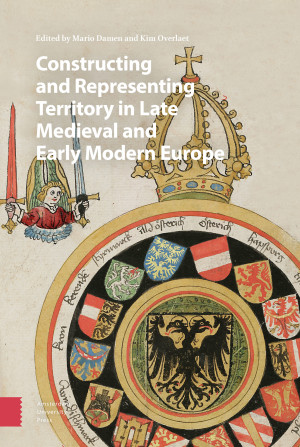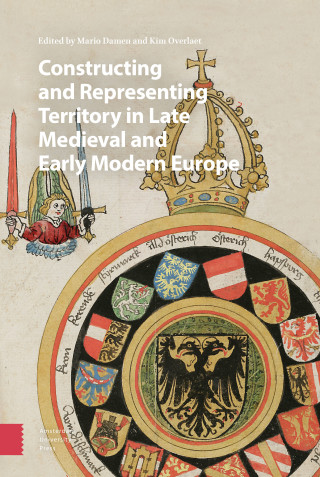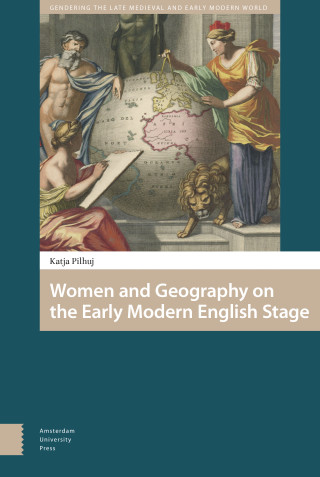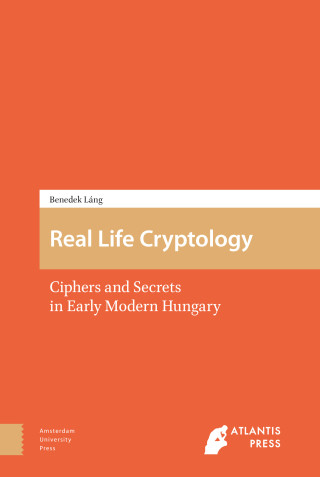"The collection of essays is convincing due to its very high degree of coherence, which is manifested in the consistent discussion of Stuart Elden’s theses despite all the breadth and diversity of topics. The authors do not make the mistake of opposing the thesis of the emergence of territory as a political concept in modern times with the assertion that it already existed in pre-modern times. Rather, all essays use the thesis as a tool to question a variety of administrative, literary, and material sources in terms of how political actors in the late Middle Ages and early modern period related people, power, and space to each other."
- Steffen Krieb, The Medieval Review, Dec. 2022
"The book successfully showcases both the importance of problematizing the concept of territory within history, as well as how it can be applied and researched – especially demonstrating the complexity of the historic ‘territories’ and the broadness of approaches to it by looking further than the past state-centric approaches."
Arnoud Jensen, The Low Countries Journal of Social and Economic History, Dec. 2022





